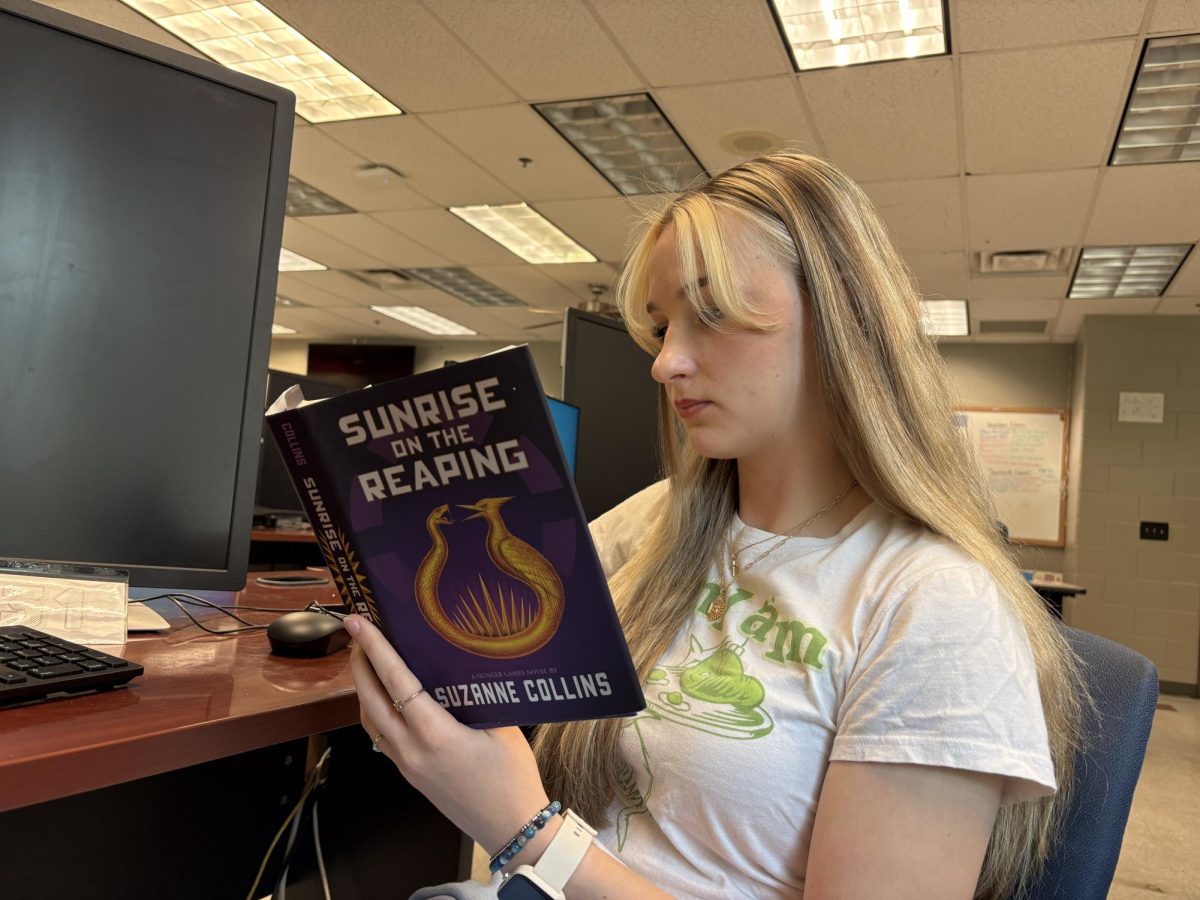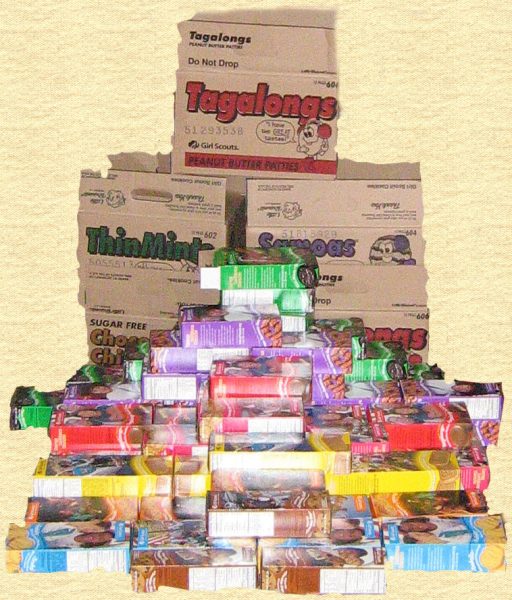Psychological Effects on High Schoolers
December 12, 2017
Students are affected by things in the classroom every day. Simple details that students may not notice can create various impacts on a personalized learning experience on a daily basis. Little things like consuming mints or gum before a test and glancing at the color of a wall during a lesson can influence energy boosts within the brain or stimulate various senses that heighten the brain’s level of focus.
Chewing gum creates a noticeable improvement on student test scores. Scientists refer to this as “mastication-induced arousal” or “olfactory stimulation” where the chewing motion brings more blood flow into the brain and tastes and scents create effects that increase focus, therefore leading to an improvement in test scores. Professor of Psychology at the University of Cincinnati, Joel S. Warm, conducted a study, titled “Effects of olfactory stimulation on performance and stress in a visual sustained attention task”, where subjects performed vigilance tasks after smelling various scents. Warm found that peppermint definitely affects performance on tasks upon looking at the results of the study. Many students have heard of these effects and take it upon themselves to test them out.
“I like to chew gum when I study and then whenever I go into a test I try to chew the same kind of gum,” sophomore Marietta Long said. “It is supposed associate the flavor of the gum with the material [in the test]. I’m not sure where I heard it or that it truly affects my scores but I recommend it just for fun.”
There are also proven effect from looking at different colors, as proven by color theory. According to colorobjects.com on the psychology of color in the educational environment, “The well-executed color palette can enhance the absorption of information and facilitate the thinking process.” Considering the age of students as well as the subjects being taught in each of the classes helps to determine what colors should be used to achieve desired effects. Balancing out the main colors with neutral colors will uplift student energy in classrooms and counteract the intensity of stronger colors. Much like the recently painted classrooms at Lake Brantley, with one dominant wall and surrounding neutral ones.
“Calming colors are meant to be better than active colors,” AP Psychology and European History teacher Shawna Resnick said. “The light greys and the white and blues, anything like that is less stressful as opposed to a really active [color] like bright yellow and oranges, [which] stimulate more brain activity but in an almost stressful way.”
The trick to applying all of these psychological effects is knowing how and when to use them and the effects that they will cause. One’s surroundings affect almost everything that one does and the input and output of information into one’s mind impacts their learning ability. However, as long as students are in an inspiring environment that allows learning, the students will be able to succeed.
“Overall, teachers [should] try to create a comfortable environment [for their students],” Resnick said. “I try to make my classroom smell homey and nice and make it comfortable in my room because it is hard to learn in a place that we do not feel comfortable in.”






